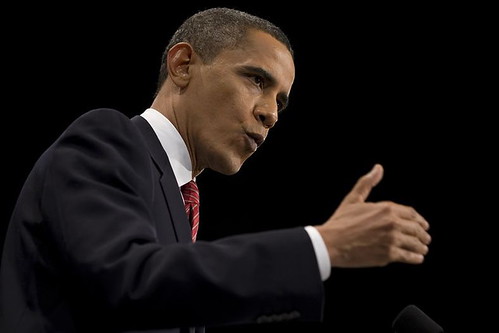 On the way from Worli to my aunt’s house off Nepean Sea Road, there are two gigantic posters for the new Mont Blanc Mahatma Gandhi commemorative pen. The posters feature a thin and grizzled Gandhi in profile. Against the photograph, rendered in historically appropriate sepia tones, a short quotation written in Gandhi’s own hand is featured in luminous gold: “The way to truth lies through ahimsa (nonviolence).” To the right of the photograph, is an image of the pen itself, uncapped, ready to be used. This pen, designed to honor a man who dedicated himself to the masses of India’s poorest, who dressed and lived in the strictest simplicity as they are forced to dress and live, costs $27,000, more than most Indians will earn in a decade. According to the billboard, it is available in Bombay exclusively at the Taj, the city’s most opulent hotel.
On the way from Worli to my aunt’s house off Nepean Sea Road, there are two gigantic posters for the new Mont Blanc Mahatma Gandhi commemorative pen. The posters feature a thin and grizzled Gandhi in profile. Against the photograph, rendered in historically appropriate sepia tones, a short quotation written in Gandhi’s own hand is featured in luminous gold: “The way to truth lies through ahimsa (nonviolence).” To the right of the photograph, is an image of the pen itself, uncapped, ready to be used. This pen, designed to honor a man who dedicated himself to the masses of India’s poorest, who dressed and lived in the strictest simplicity as they are forced to dress and live, costs $27,000, more than most Indians will earn in a decade. According to the billboard, it is available in Bombay exclusively at the Taj, the city’s most opulent hotel.
 For centuries, India has evoked for Western observers images of extreme wealth existing cheek by jowl with the worst human misery—Maharajahs weighed down by ropes of pearls and rubies the size of pigeon’s eggs using virtual slave labor to build extravagant palaces hung with rich brocades and filled with trinkets of silver and gold, while outside the palace gates skeletal subjects eke out a living with nothing more than their calloused hands and bent backs.
For centuries, India has evoked for Western observers images of extreme wealth existing cheek by jowl with the worst human misery—Maharajahs weighed down by ropes of pearls and rubies the size of pigeon’s eggs using virtual slave labor to build extravagant palaces hung with rich brocades and filled with trinkets of silver and gold, while outside the palace gates skeletal subjects eke out a living with nothing more than their calloused hands and bent backs.
The contrasts of wealth and poverty in India today are less visible but hardly less extreme. On magazine stands and in bookstores across the city of Bombay, a special edition of Forbes magazine featuring “India’s 100 Richest” is on sale. In the last year, a year when the rest of the world, especially the United States, reeled from a massive economic crisis, a year when India’s financial capital Bombay was hit with a devastating terrorist attack, India doubled its number of billionaires, from 27 to 54. These 54 individuals, according to the Forbes special-edition cover, represent 25 percent of India’s total GDP. The country’s remaining 1.2 billion people have to make do with the remaining 75 percent, and that is hardly distributed equally. 800 million Indians still live on less than $2 dollars per day; of those, half live on less than $1.25 per day.
Absent from magazine stands is the recent annual UNDP Human Development Index report. While India’s richest were getting richer, its poor were barely running in place. India, the world’s fourth-largest economy when measured by purchasing power parity (PPP), ranks a miserable 134th on the UNDP’s human development index. 47 percent of its children are malnourished. Famed for its brainy software engineers, poised to become a world R&D center, more than a third of Indians are illiterate and only one in 10,000 benefits from higher education.
In the streets of Bombay, these contrasts are visible as ever. During my stay in Bombay, the occasional beggar displaying twisted limbs or a baby with matted, russet hair has accosted my car when it stopped at a red light. Returning home at night from dinner, we have passed the recumbent forms of people too poor even to string a patch of tarpaulin over their heads; men, women, and children curled up in a thin blanket on the sidewalk. On either side of the manicured park where I go to walk each morning with my aunt, the slums still hug the narrow line where the land meets the sea. The stench from the rocks below the park can’t be blocked by the landscaping that screens the hunched backsides of people who have no other toilet.
In the buildings of the rich, where apartments with polished marble floors equipped with wi-fi and flat-screen televisions are elegantly furnished and hung with paintings by contemporary Indian artists, servants are barked at and sleep on kitchen floors, in hallways, or in entry foyers. One does not reach across the table for the salt or pepper; one calls the servant who has retired to the kitchen to come to the dining room and move it nearer. The stark contrast between the physical size, the clothing, and the hairstyles—not to mention the bearing of the rich and the stunted poor—still shocks, though I have known this my whole life.






